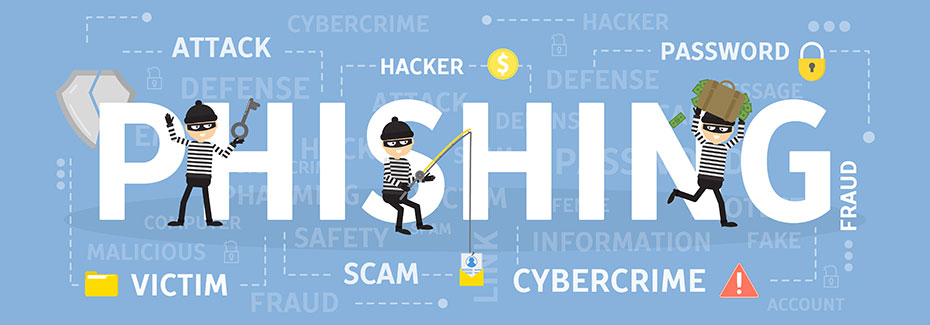Verizon’s annual Data Breach Investigations Report (DBIR) takes data from thousands of reported cybersecurity incidents and breaches in order to give business owners a snapshot of where cyberattacks are trending. Interestingly, small businesses account for over half of the victims of reported data breaches. Why do small businesses take up such a large part of the pie?
Cyberattacks can interrupt your daily operations (at best) or they can completely cripple your business (worst case scenario). We want to make sure that you don’t become a statistic! Read on to find out if your business is ready for a cyberattack, or if there are improvements that you can make to keep yourself secure.





